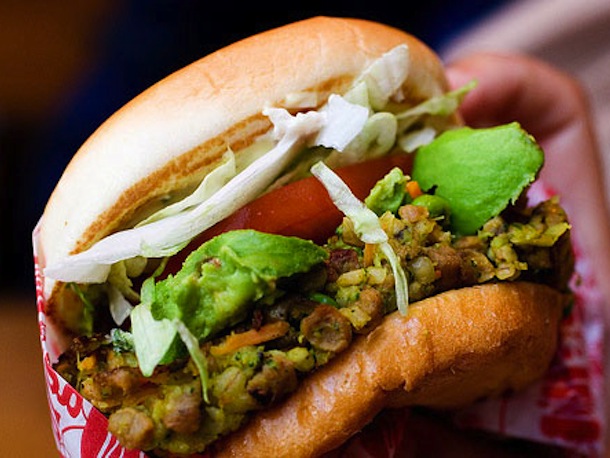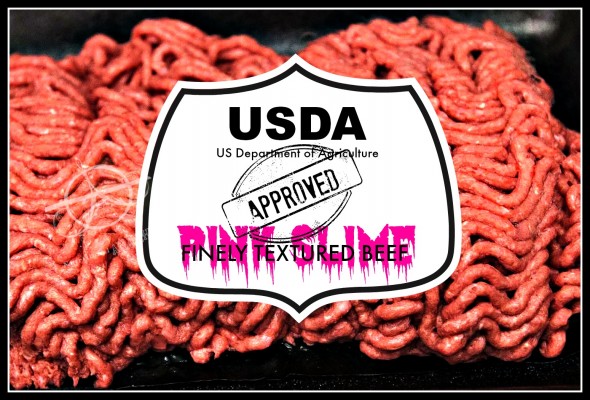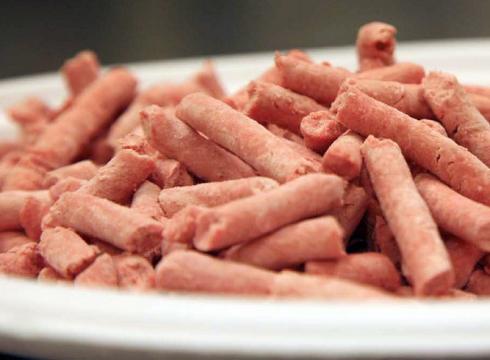
Hamburger chef Jamie Oliver has won his long-fought battle against one of the largest fast food chains in the world – McDonalds. After Oliver showed how McDonald’s hamburgers are made, the franchise finally announced that it will change its recipe, and yet there was barely a peep about this in the mainstream, corporate media. Oliver repeatedly explained to the public, over several years – in documentaries, television shows and interviews – that the fatty parts of beef are “washed” in ammonium hydroxide and used in the filling of the burger. Before this process, according to the presenter, the food is deemed unfit for human consumption. According to the chef and hamburger enthusiast, Jamie Oliver, who has undertaken a war against the fast food industry: “Basically, […] Read More





